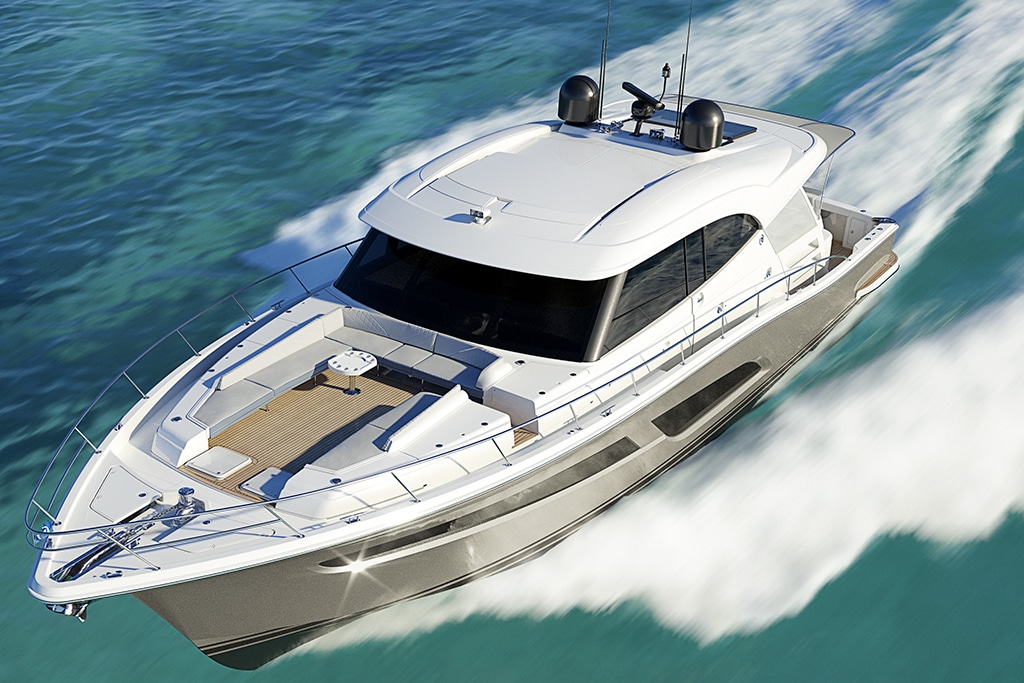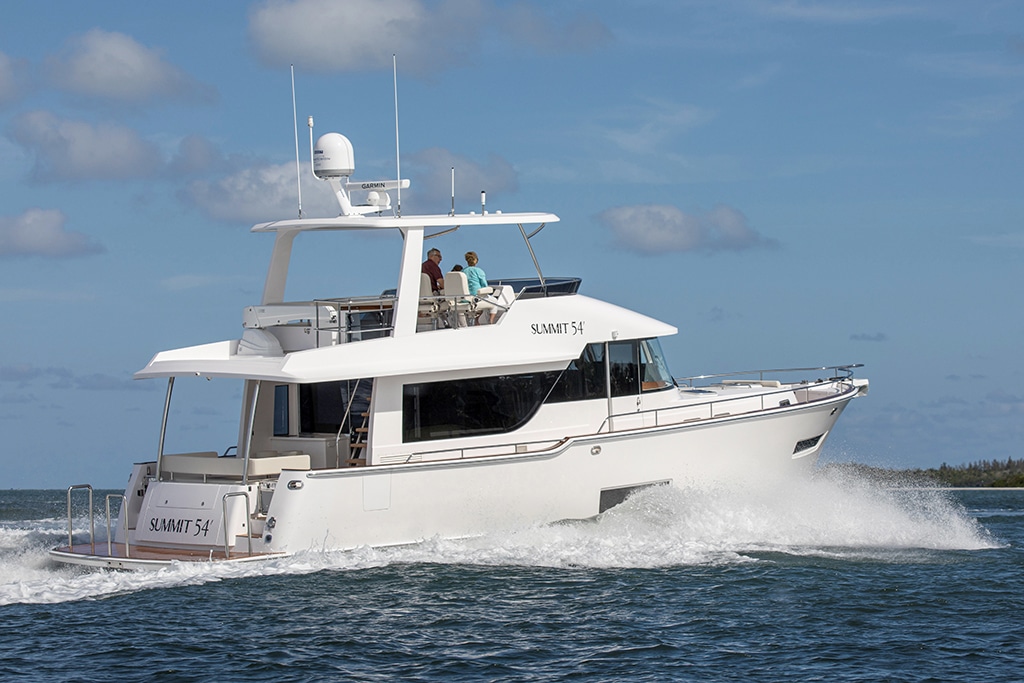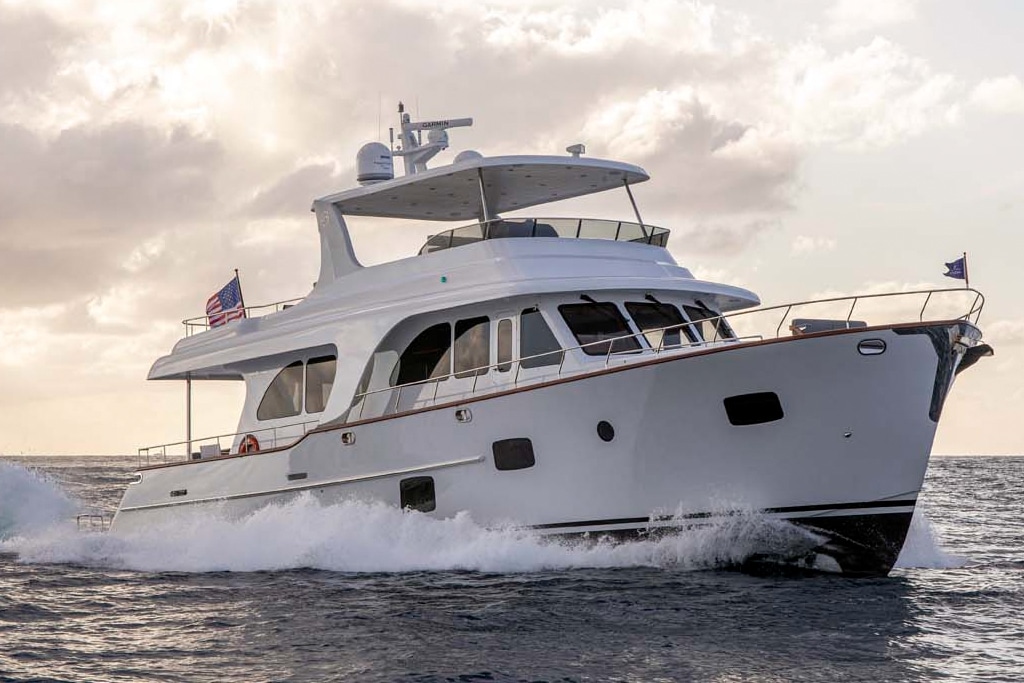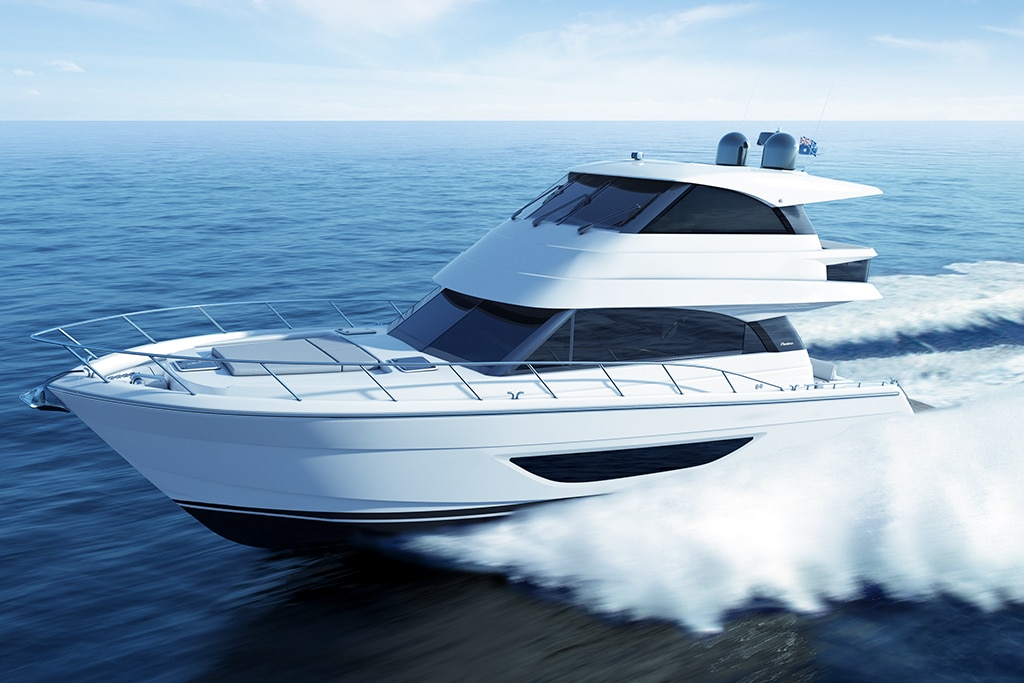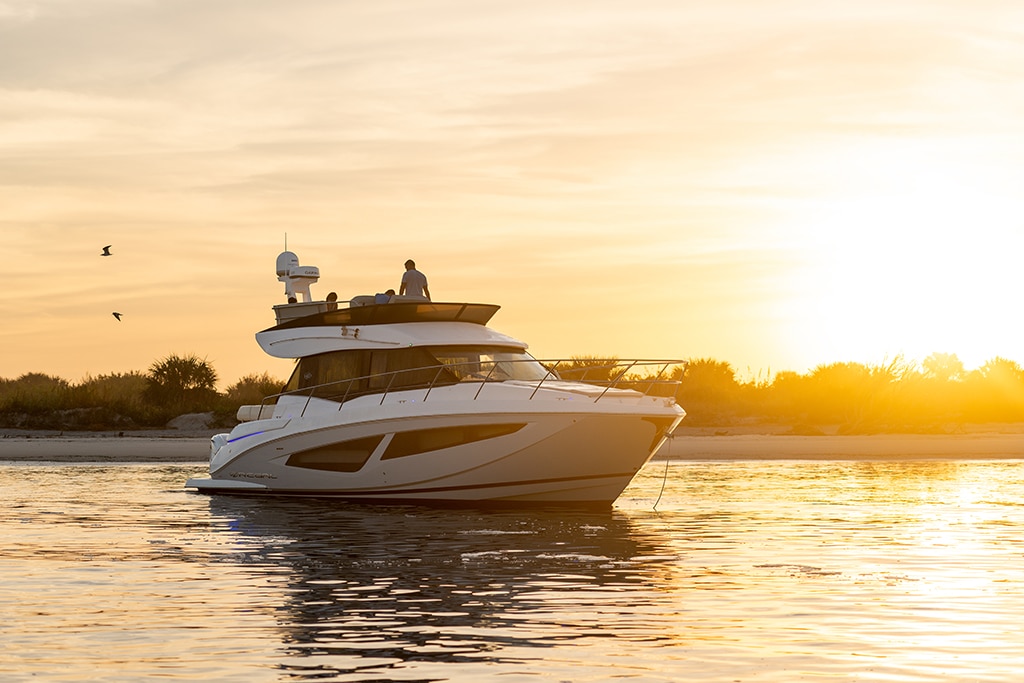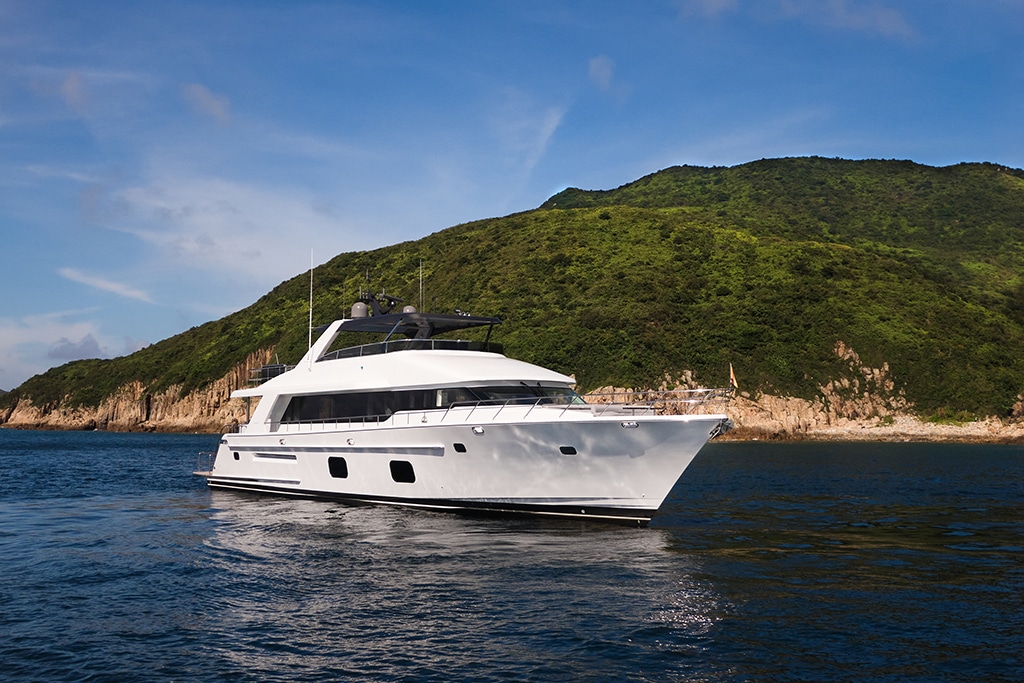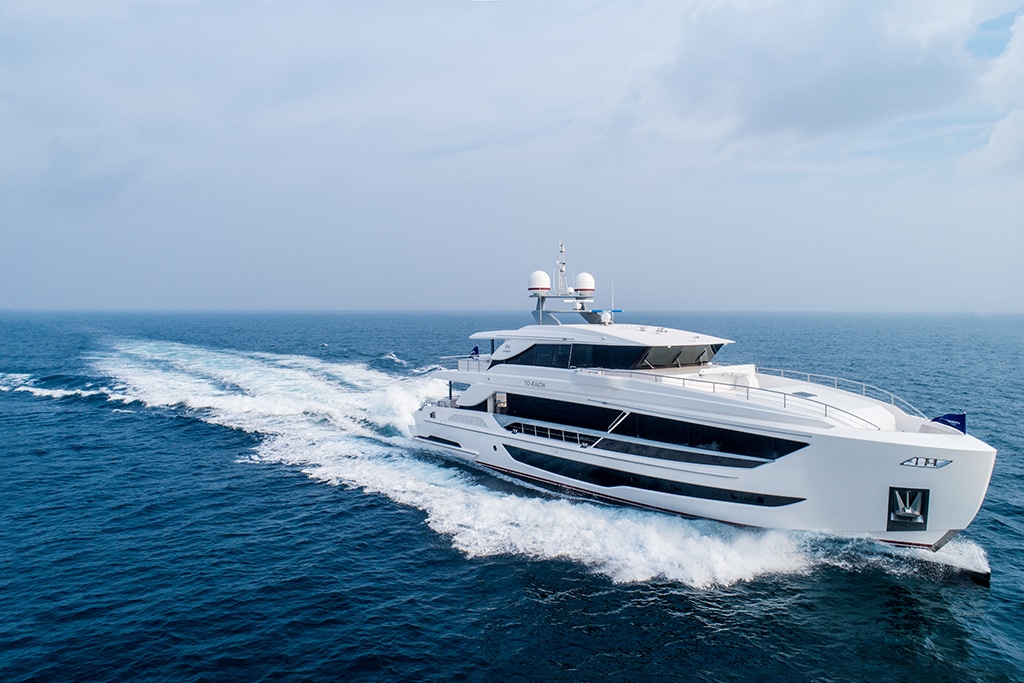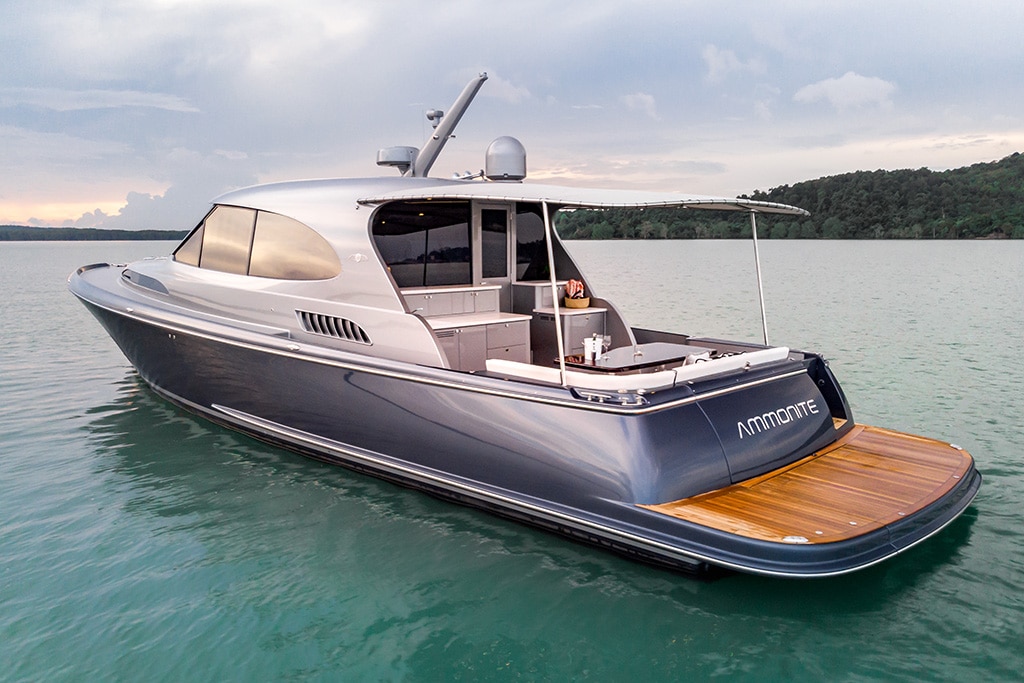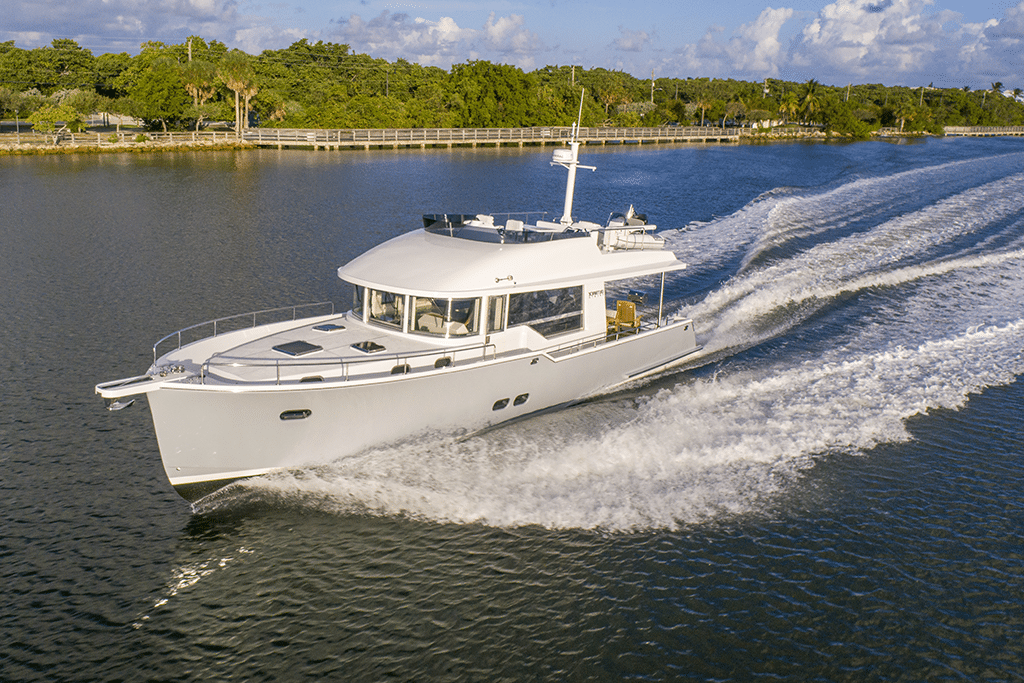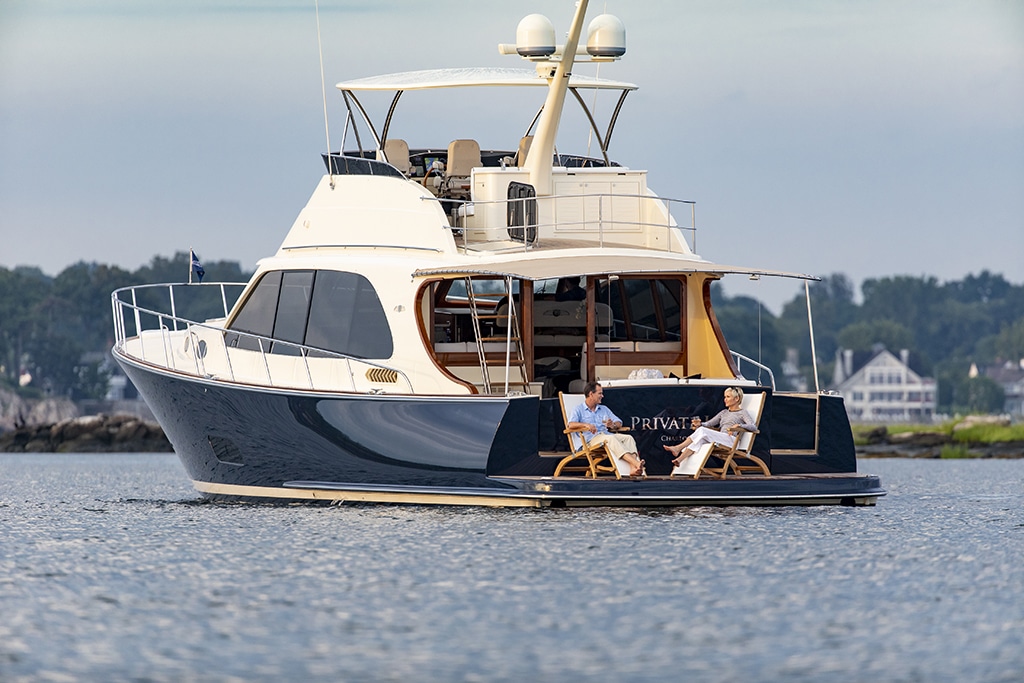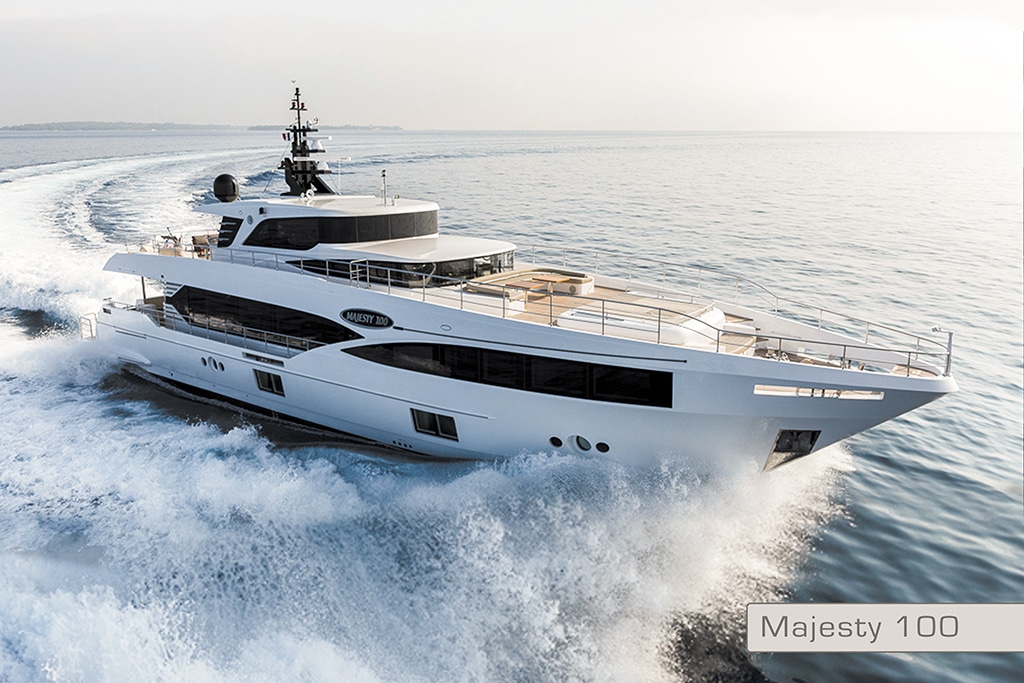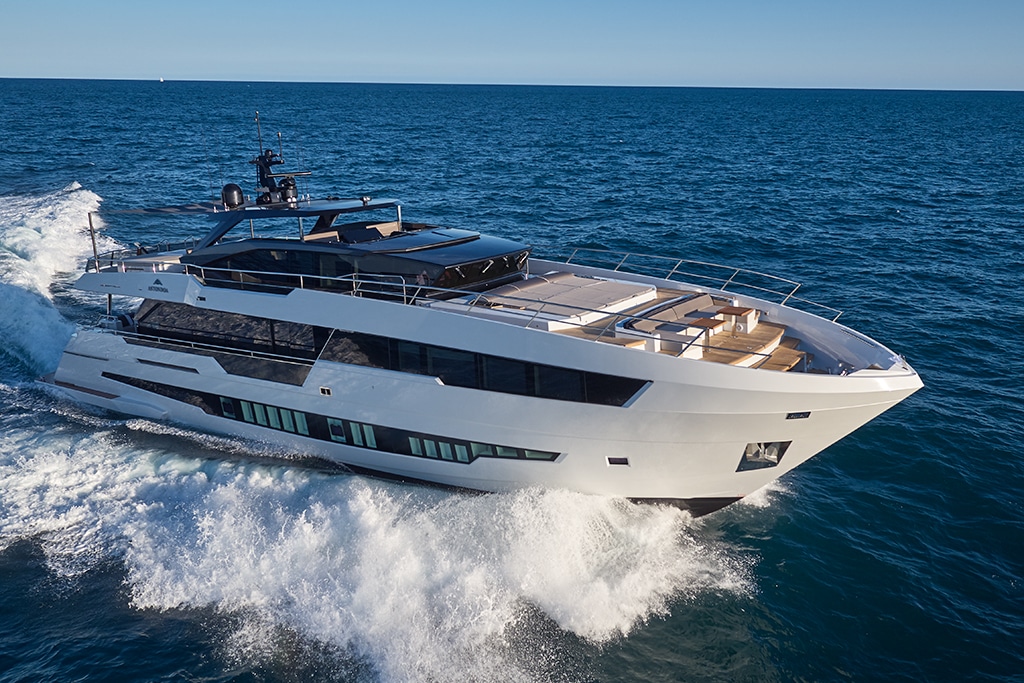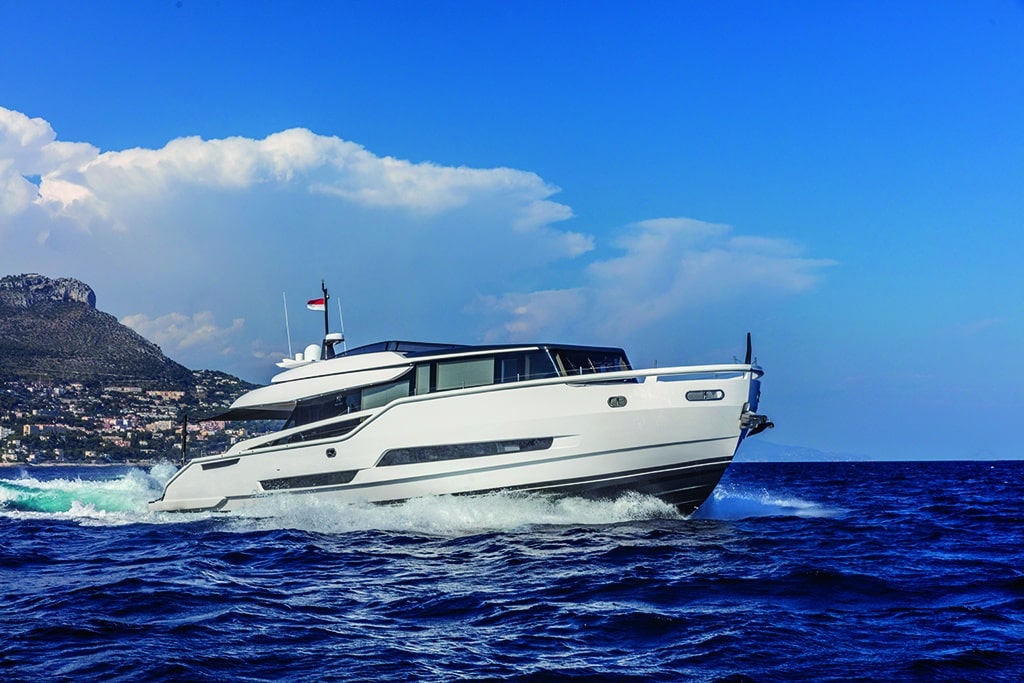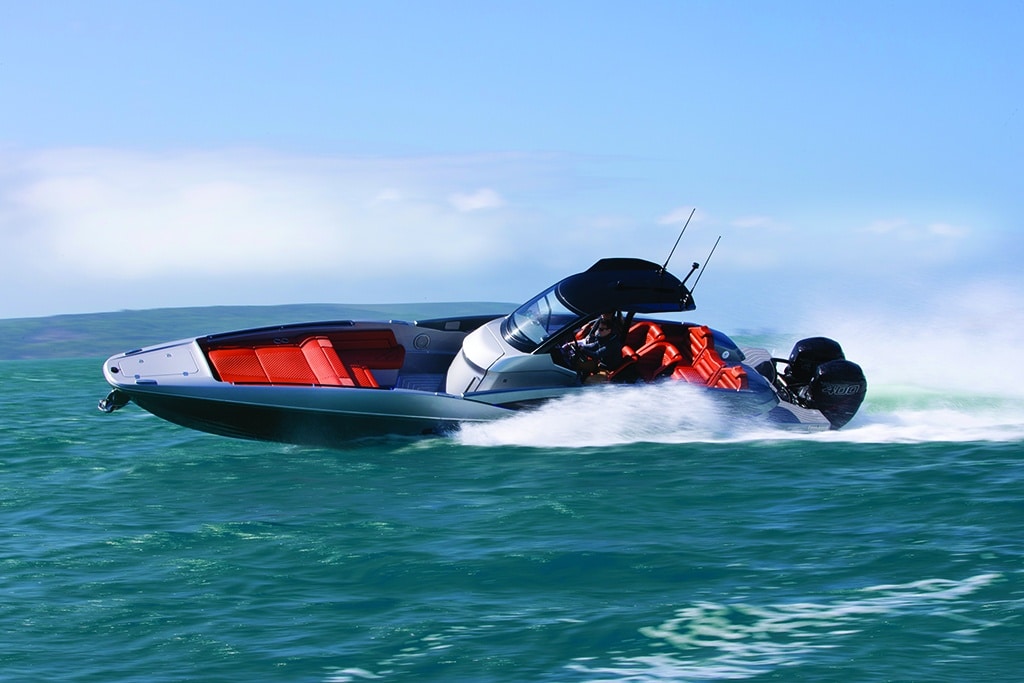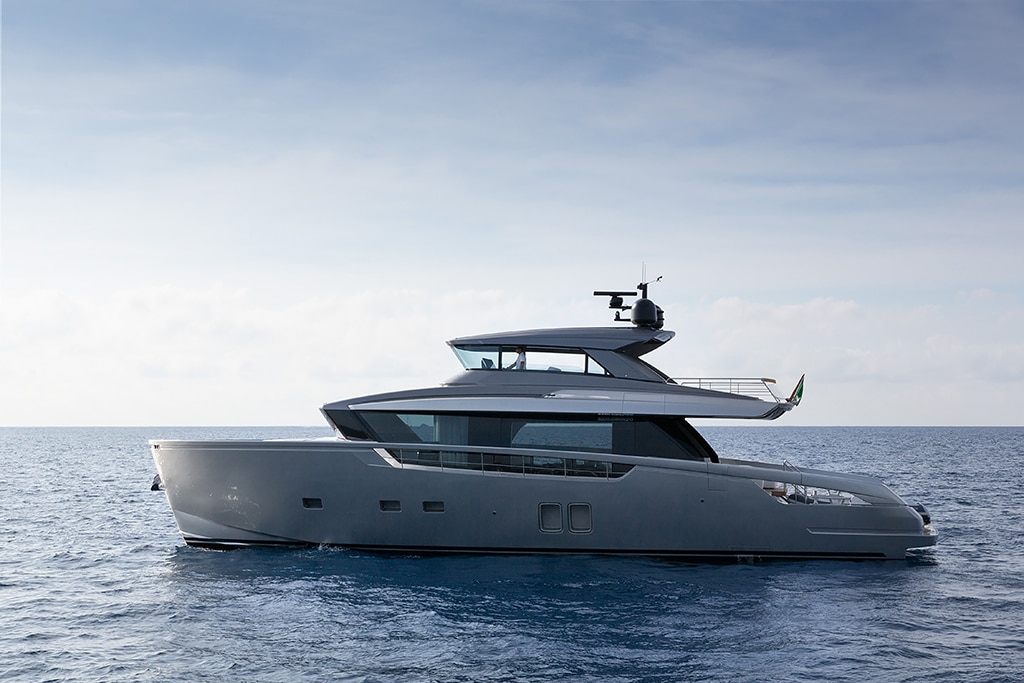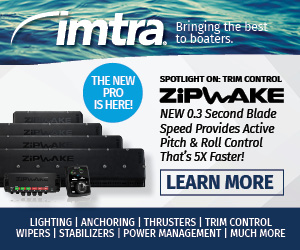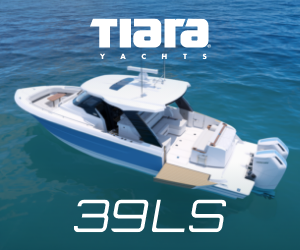Motoryachts
Motoryachts are generally over 35 feet in length and built for leisure purposes. The diversity and variety among this category of vessel is as expansive as our library of motoryacht reviews. European style, classic or cruiser-friendly—browse our collection or articles and reviews of the latest motoryachts to find the right boat for you.
Riviera 645 SUV – 2021 Long Range Cruisers Roundup
Riviera 645 SUV Riviera states that the 645 SUV (69' 8" LOA, 19' 1" beam) has the largest water sports...
Read moreDetailsKadey-Krogen Summit 54′ – 2021 Long Range Cruisers Roundup
Kadey-Krogen Summit 54' With an impressive 330-nautical mile range at 23 knots, The Summit 54' (58' 5" LOA, 15' 10"...
Read moreDetailsVicem 67 Cruiser – 2021 Long Range Cruisers Roundup
Vicem 67 Cruiser Cold-molded yachts like those from Vicem offer a flexibility in boatbuilding that you don’t get from a...
Read moreDetailsMaritimo M55 – 2021 Long Range Cruisers Roundup
Maritimo M55 Maritimo fuses the latest technological advances with the iconic features of its M-Series in the new Maritimo M55...
Read moreDetailsRegal Boats Unveils All-New Flagship Model – 42 FXO
Regal Boats Unveils All-New Flagship Model Regal 42 FXO Regal has once again raised the bar to new heights -...
Read moreDetailsCL Yachts CLB88 – FLIBS 2020 Preview
CL Yachts CLB88 Flagship of CL Yachts’ CLB series, the CLB88 is making her global debut in Fort Lauderdale. Built...
Read moreDetailsHorizon Yachts’ FD Series
Horizon Yachts’ FD Series Horizon’s Fast Displacement series is rapidly becoming the builder’s most in-demand model. Just look at the...
Read moreDetailsPalm Beach GT60 – FLIBS 2020 Preview
Palm Beach GT60 After the model was unveiled in Miami last February, the Palm Beach GT60 is making an encore...
Read moreDetailsAdventures in the Outback
Adventures in the Outback The Outback 50 is a water sport adventurer’s dream. The plan was simple: Throw some provisions...
Read moreDetailsPalm Beach 70 Boat Review
More Than Skin Deep The beauty of the new Palm Beach flagship goes beyond her good looks. By Kate Lardy...
Read moreDetailsMajesty Yachts 100
Majesty Yachts 100With the newly established Majesty Yachts USA, the successful UAE brand is gaining a foothold in the U.S....
Read moreDetailsAstondoa 100 Century
Astondoa 100 Century One hundred years of shipbuilding has culminated in the Astondoa 100 Century which makes its U.S. debut...
Read moreDetailsExtra Yachts 86 Fast
Extra Yachts 86 Fast The name says it all: Extra 86 Fast. “Extra” alludes to the wider-than-normal beam (21’, 8”)...
Read moreDetailsSunseeker Hawk 38
Sunseeker Hawk 38 With the launch of the Hawk 38 (38’ 11” LOA, 9’ 9” beam), Sunseeker makes a return...
Read moreDetailsSanlorenzo SX76
Sanlorenzo SX76 Sanlorenzo isn’t the type of company that changes up its range very often, preferring to focus on building...
Read moreDetails

